1. The War of the Worlds (1938)
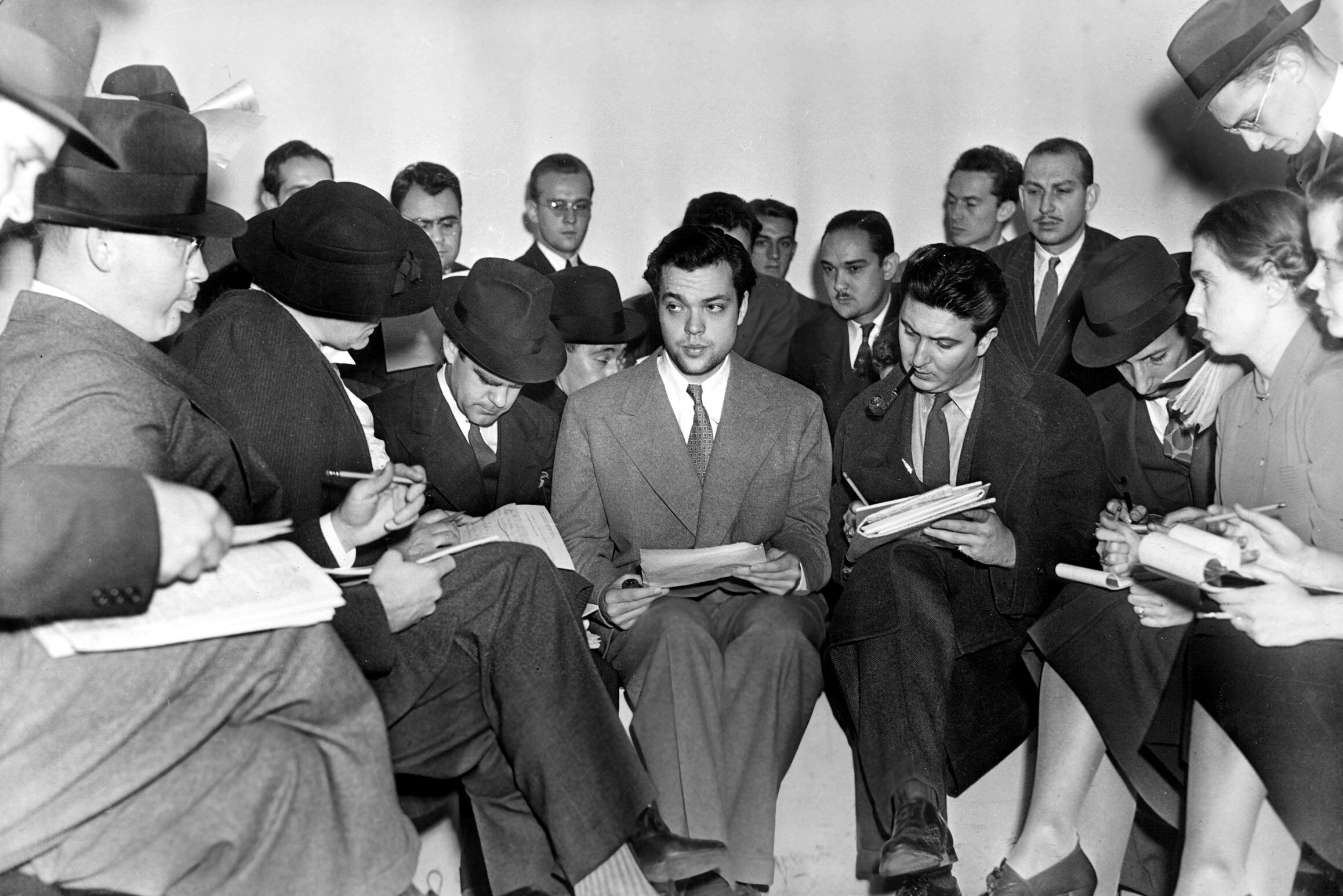
Imagine tuning into the radio one night and hearing a live report of aliens invading Earth. That’s exactly what happened with The War of the Worlds, Orson Welles’ infamous broadcast that sent listeners into a panic. The show, styled as a series of urgent news bulletins, was so convincing that some people truly believed Martians had landed. It proved just how immersive and powerful radio storytelling could be. This kind of gripping, narrative-driven audio is a direct ancestor to the modern true-crime and investigative podcasts that keep listeners on the edge of their seats shares ReMIND Magazine.
Beyond the controversy, The War of the Worlds showed how radio could create entire worlds with sound alone. It wasn’t just about reporting facts—it was about pulling people into a story so completely that they forgot everything else. That same power is now used in fictional podcasts like Welcome to Night Vale and Limetown. Even non-fiction shows borrow its techniques, using sound design and pacing to make stories feel immediate and real. Welles may not have known it at the time, but he helped lay the foundation for the podcasting world we know today.
2. The Shadow (1937-1954)
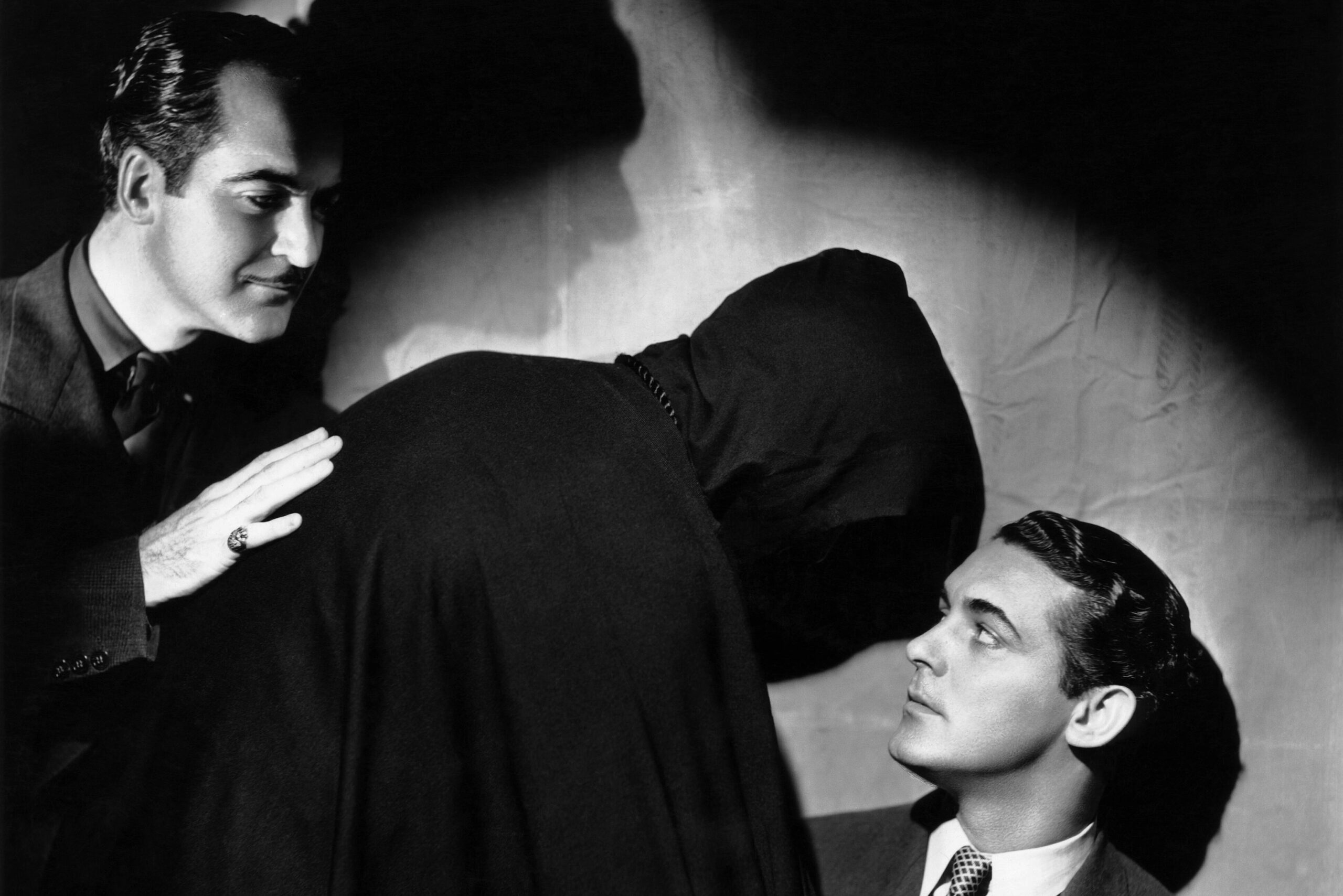
Before superheroes dominated pop culture, there was The Shadow, a radio drama about a mysterious crimefighter with the power to cloud men’s minds. Voiced at first by none other than Orson Welles, the character became a sensation, setting the stage for the noir and detective genres in both radio and film. Each episode followed The Shadow as he unraveled crimes with his eerie laugh and chilling presence. The show’s use of suspense, intrigue, and dramatic music made it an unforgettable experience adds Den of Geek.
If you love podcasts like The Black Tapes or Tanis, you have The Shadow to thank. It proved that audio alone could create a fully realized world, where listeners could imagine every shadowy alleyway and whispered secret. The use of a mysterious narrator also influenced modern storytelling, where unseen hosts guide listeners through mysteries both real and fictional. The Shadow may have faded into history, but its influence on audio storytelling remains as strong as ever.
3. Fibber McGee and Molly (1935-1959)
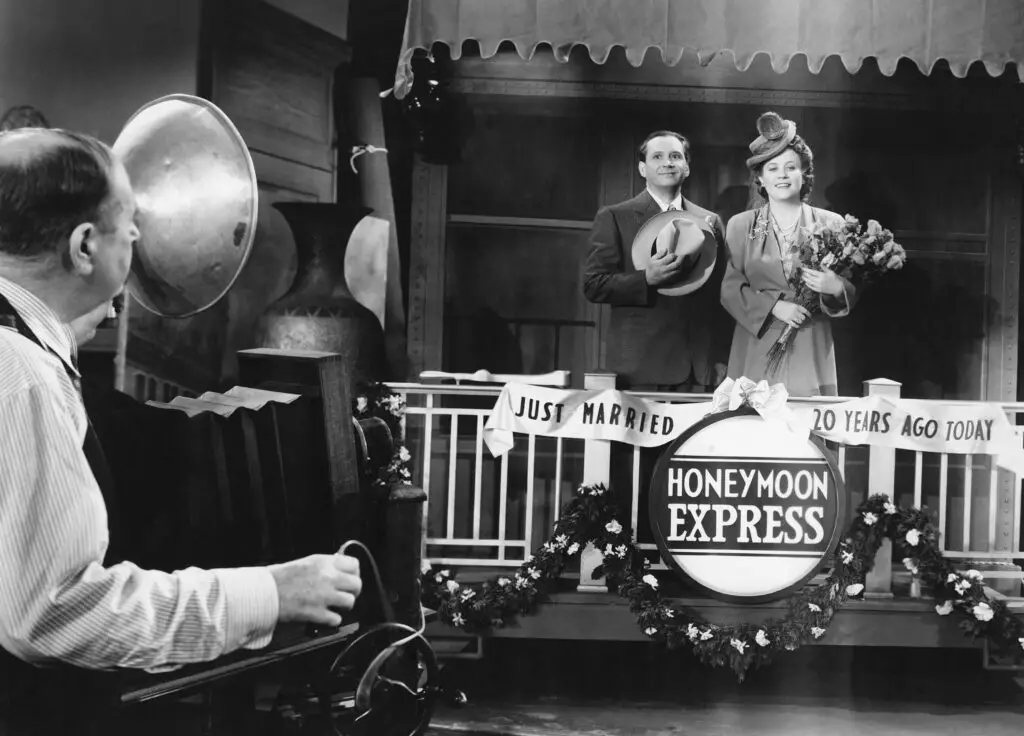
Long before sitcoms took over television, Fibber McGee and Molly was bringing laughs into homes across America. The show followed the lovable but bumbling Fibber McGee and his patient wife, Molly, as they navigated everyday mishaps. One of its most famous running gags involved McGee’s overstuffed closet, which would erupt into a chaotic avalanche of noise every time he opened it. The show’s quick wit and warm humor made it a beloved staple of radio entertainment shares the Canton Daily Ledger.
If you enjoy comedy podcasts like My Dad Wrote a Porno or Wait Wait… Don’t Tell Me!, you owe a nod to Fibber McGee and Molly. It proved that a strong comedic duo, clever writing, and a well-timed sound effect could keep audiences engaged for decades. The show’s conversational style also laid the groundwork for modern improv-based podcasts. Even though the format has changed, the core appeal of two funny people bouncing off each other remains timeless.
4. Lights Out (1934-1947)
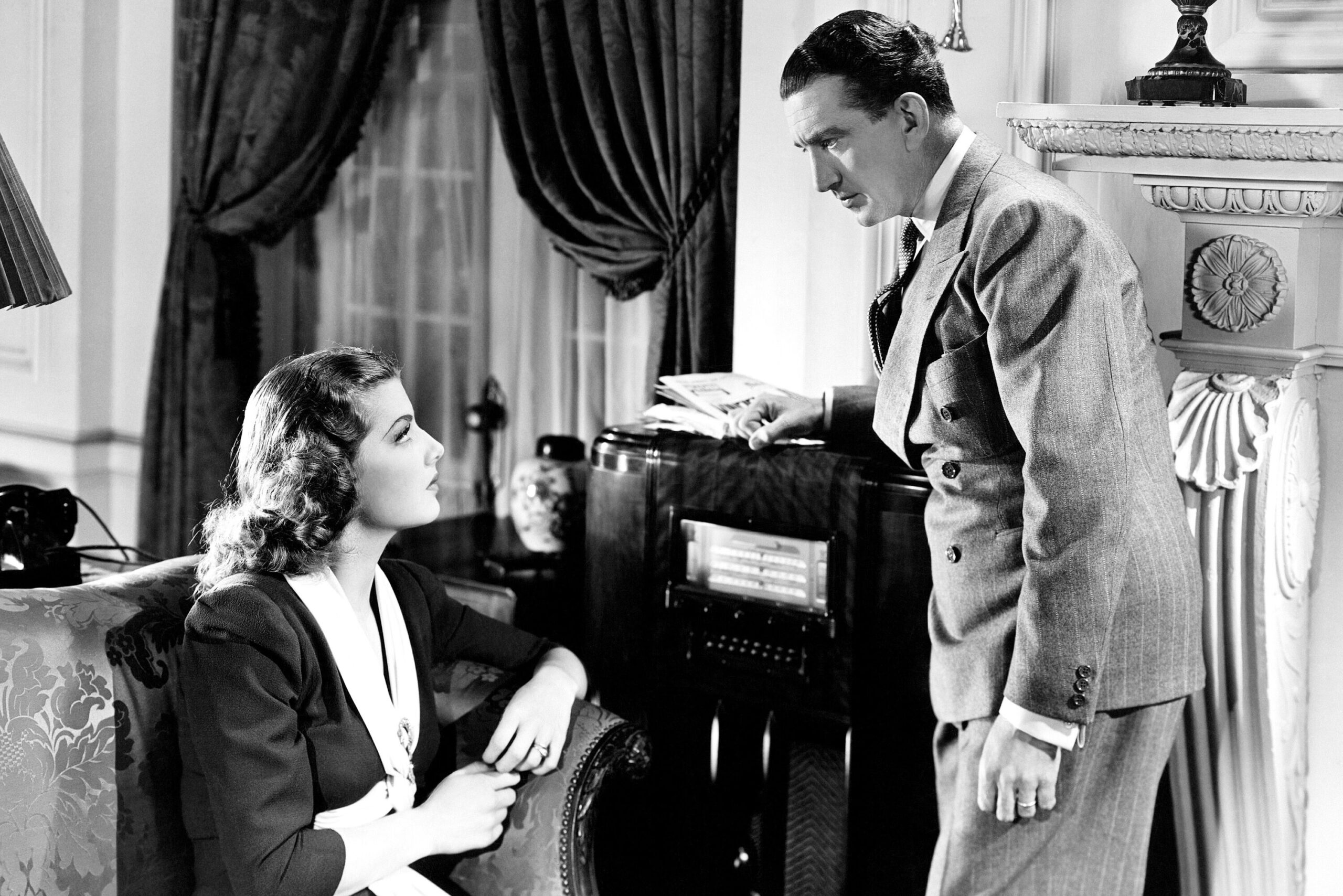
If you’ve ever listened to a horror podcast with the lights off, you have Lights Out to thank for that eerie thrill. This groundbreaking radio show specialized in terrifying tales, complete with unsettling sound effects and spine-chilling narration. Created by Wyllis Cooper and later taken over by Arch Oboler, it was one of the first shows to fully embrace horror as a genre. Stories ranged from ghostly hauntings to psychological nightmares, keeping audiences glued to their radios shares the University of Chicago Magazine.
Podcasts like Lore and The NoSleep Podcast owe a great deal to Lights Out. It set the standard for audio horror, proving that what you can’t see is often scarier than what you can. The show also pioneered the use of unsettling silence and jarring noises to create suspense, a technique still used today. If you love a good late-night scare, you’re following in the footsteps of listeners who huddled around their radios, too scared to turn them off.
5. The Jack Benny Program (1932-1955)
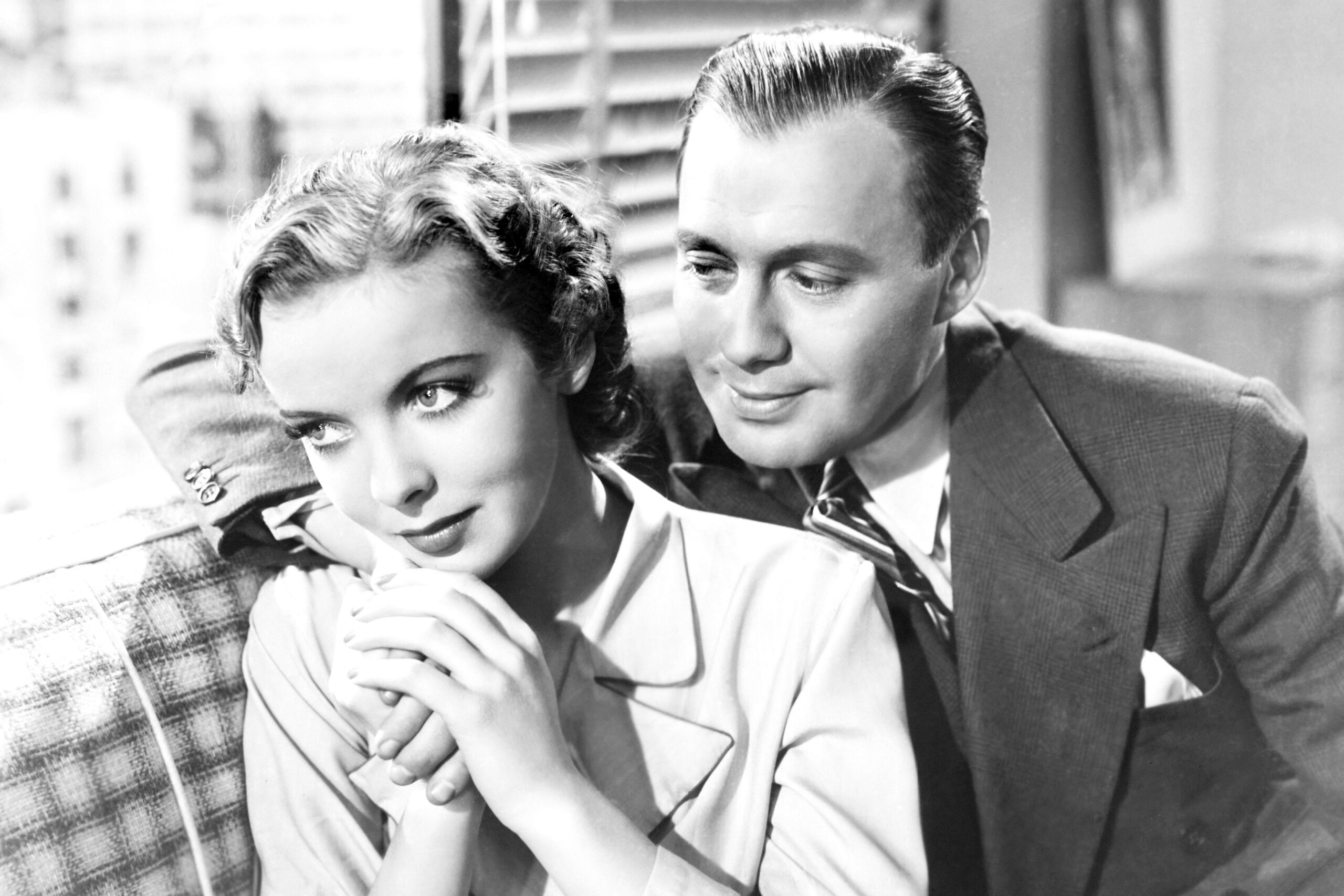
Jack Benny was the master of comedic timing, and his long-running radio show made that clear from the start. The Jack Benny Program blended scripted comedy with improvisation, creating a style that felt both polished and natural. Benny’s on-air persona—a vain, cheap, yet oddly lovable comedian—became one of radio’s most recognizable characters. The show was filled with running gags, hilarious misunderstandings, and an ensemble cast that kept audiences laughing.
Modern comedy podcasts like Comedy Bang! Bang! and The Dollop follow a similar formula. They mix structured jokes with off-the-cuff humor, making listeners feel like they’re in on the joke. Benny also pioneered the use of self-deprecating humor, a style that’s now a staple in stand-up and podcasting alike. His influence can be heard every time a podcast host pauses just a little too long for comedic effect.
6. Dragnet (1949-1957)
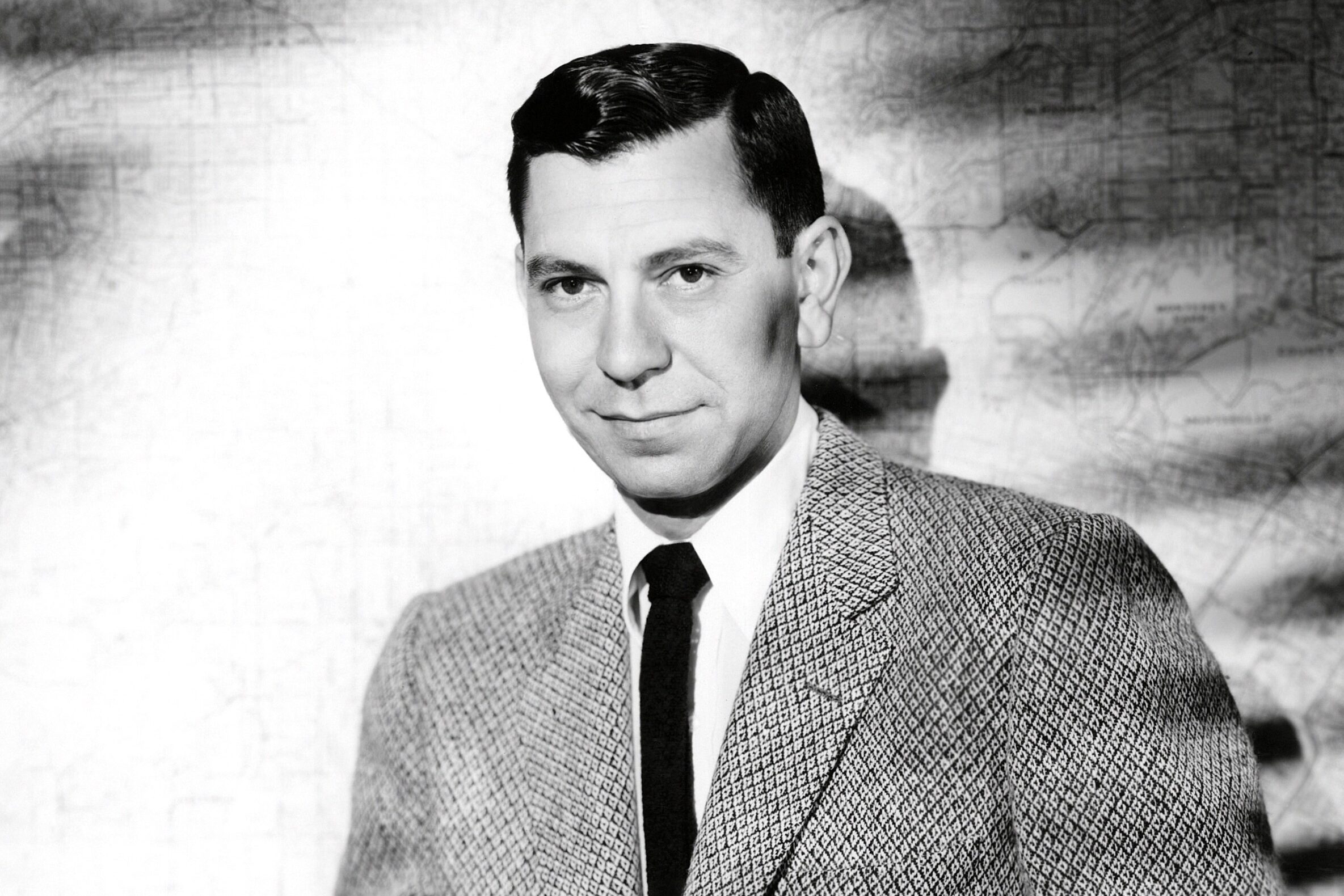
For anyone who loves true crime, Dragnet was one of the first shows to bring real police work to the airwaves. Unlike other dramas of the time, it focused on the meticulous details of solving cases, from gathering evidence to questioning suspects. The show’s signature “dum-de-dum-dum” opening became instantly recognizable, setting the tone for a serious and methodical approach to crime stories. It was based on real LAPD cases, making it one of the earliest examples of fact-based crime storytelling.
Podcasts like Serial and Criminal carry on Dragnet’s legacy by presenting true crime with a detailed, methodical approach. The way Dragnet unfolded each case, piece by piece, feels a lot like how modern podcasts reveal their stories over multiple episodes. It also set the stage for the “just the facts” style of reporting that has influenced investigative journalism. Whether on the radio or in podcast form, the fascination with true crime has never faded.
7. Suspense (1942-1962)
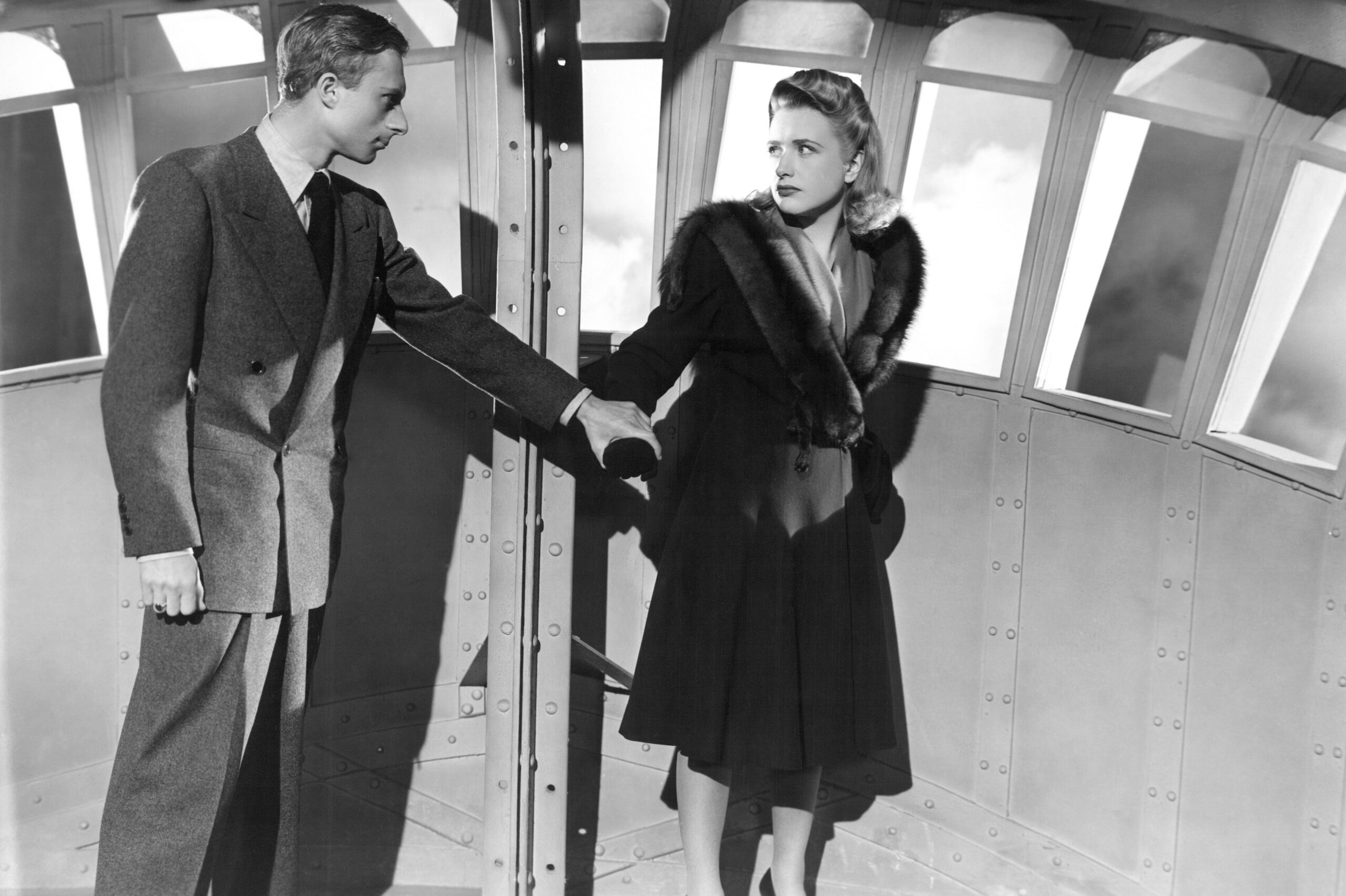
If you’ve ever held your breath listening to a thriller podcast, you’re experiencing the legacy of Suspense. This long-running anthology series specialized in gripping, edge-of-your-seat drama. Each episode featured a self-contained mystery or thriller, often with a shocking twist ending. Big Hollywood stars like Cary Grant and Orson Welles even made appearances, lending their talents to some of the show’s most memorable episodes.
The structure of Suspense heavily influenced modern podcasts like Welcome to Night Vale and Limetown. It showed that audio storytelling could be just as compelling as film, relying on pacing, music, and narration to build tension. Anthology storytelling is also alive and well in today’s podcasting world, with shows like The Truth and Snap Judgment carrying on the tradition. If you love a good nail-biter, Suspense is where it all began.
8. Gunsmoke (1952-1961)
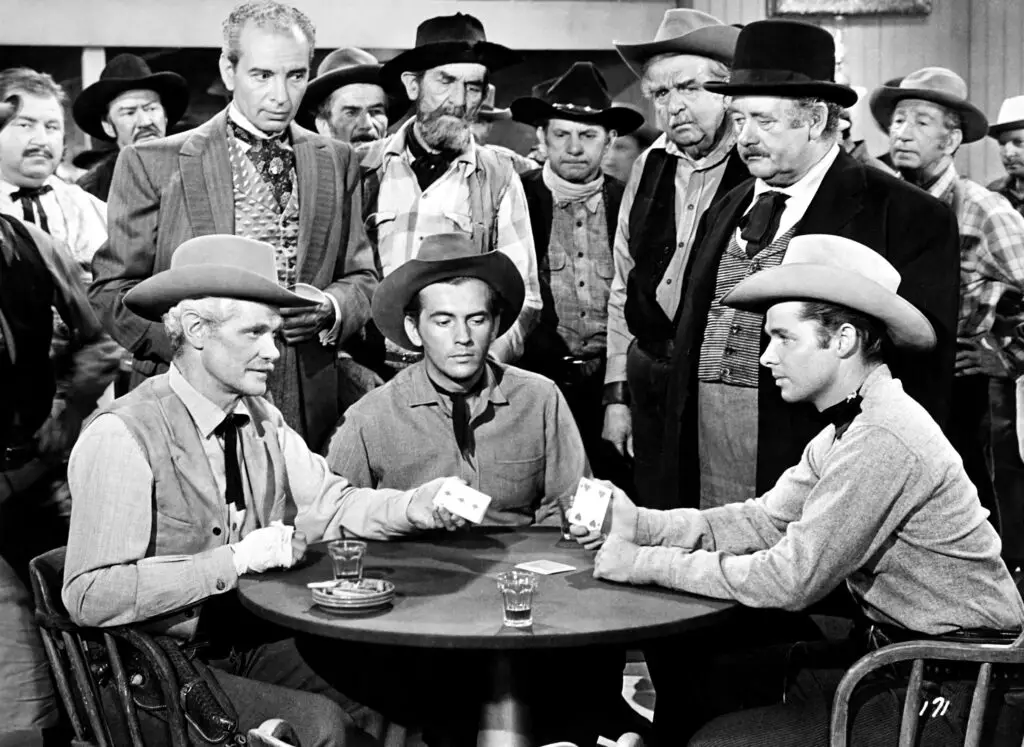
Before it became one of television’s longest-running Westerns, Gunsmoke was a gripping radio drama that redefined the genre. Unlike the romanticized cowboy tales of earlier years, this show took a grittier, more realistic approach to life in the Old West. Marshal Matt Dillon, voiced by William Conrad, was a tough but fair lawman keeping order in Dodge City. The show’s rich storytelling, complex characters, and immersive sound design made it stand out from typical shoot-’em-up Westerns.
Podcasts like Old Gods of Appalachia and Hardcore History take a similar approach, crafting immersive narratives that transport listeners to another time and place. Gunsmoke also helped establish serialized storytelling in radio, a technique now used in many audio dramas. It proved that a well-told story could keep audiences returning week after week. Even if Westerns aren’t as popular today, the show’s influence on long-form storytelling in audio is undeniable.
9. The Mercury Theatre on the Air (1938-1940)
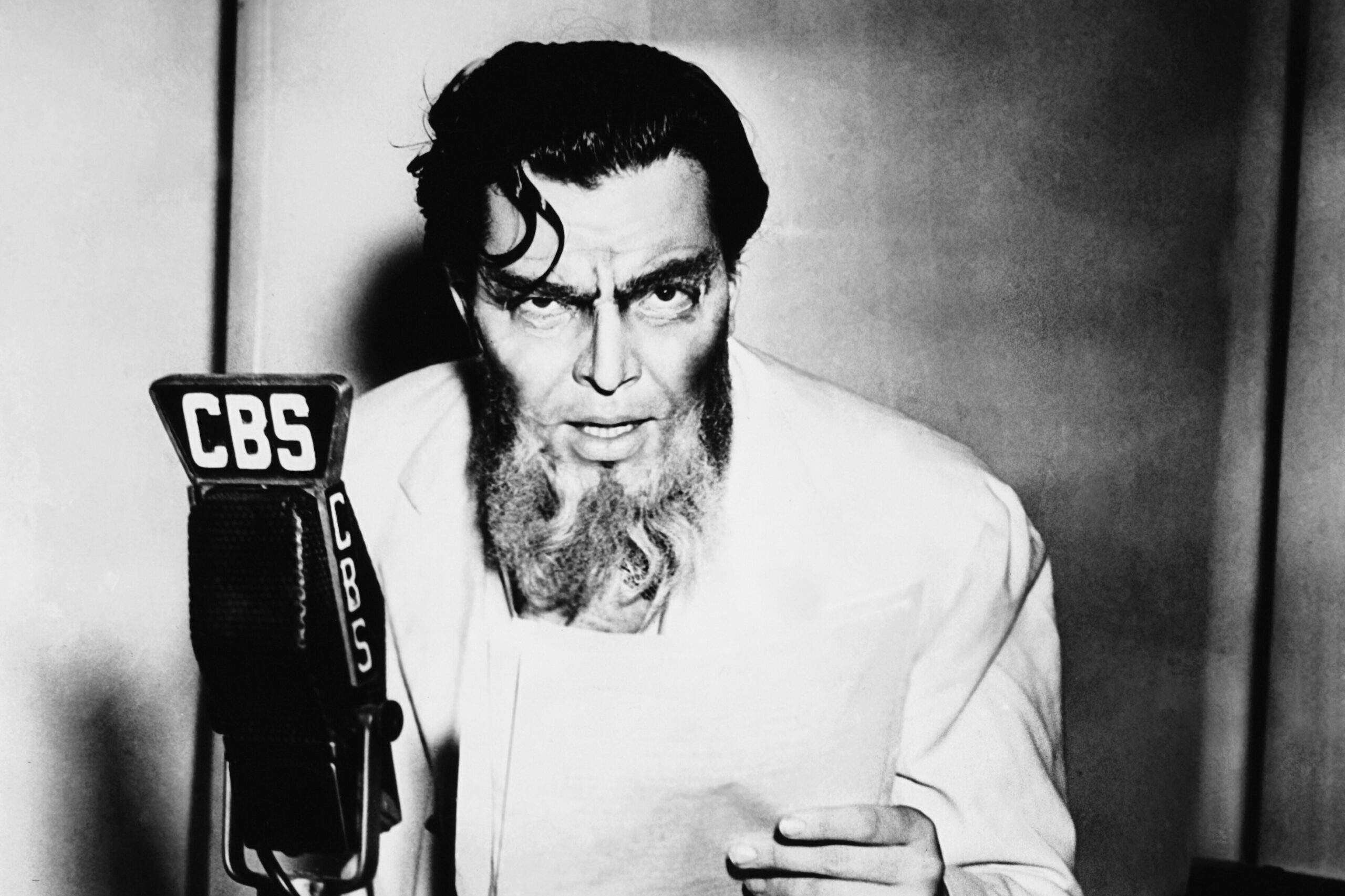
Orson Welles and his Mercury Theatre troupe didn’t just create The War of the Worlds—they revolutionized radio drama as a whole. The Mercury Theatre on the Air was an anthology series that adapted classic literature into beautifully produced radio plays. From Dracula to Treasure Island, each episode featured high-quality acting, detailed sound effects, and Welles’ signature dramatic flair. Unlike many other shows of the time, it didn’t rely on commercials, allowing for uninterrupted storytelling.
This high-level production value and commitment to adapting classic stories can be seen in modern podcasts like LeVar Burton Reads and The Truth. Many fiction podcasts still use the format that The Mercury Theatre perfected—turning books into immersive, voice-acted experiences. It also helped establish the idea of audio drama as an art form, something many modern podcasters strive for today. Welles may have moved on to Hollywood, but his influence on audio storytelling remains unmatched.
10. Amos ‘n’ Andy (1928-1960)
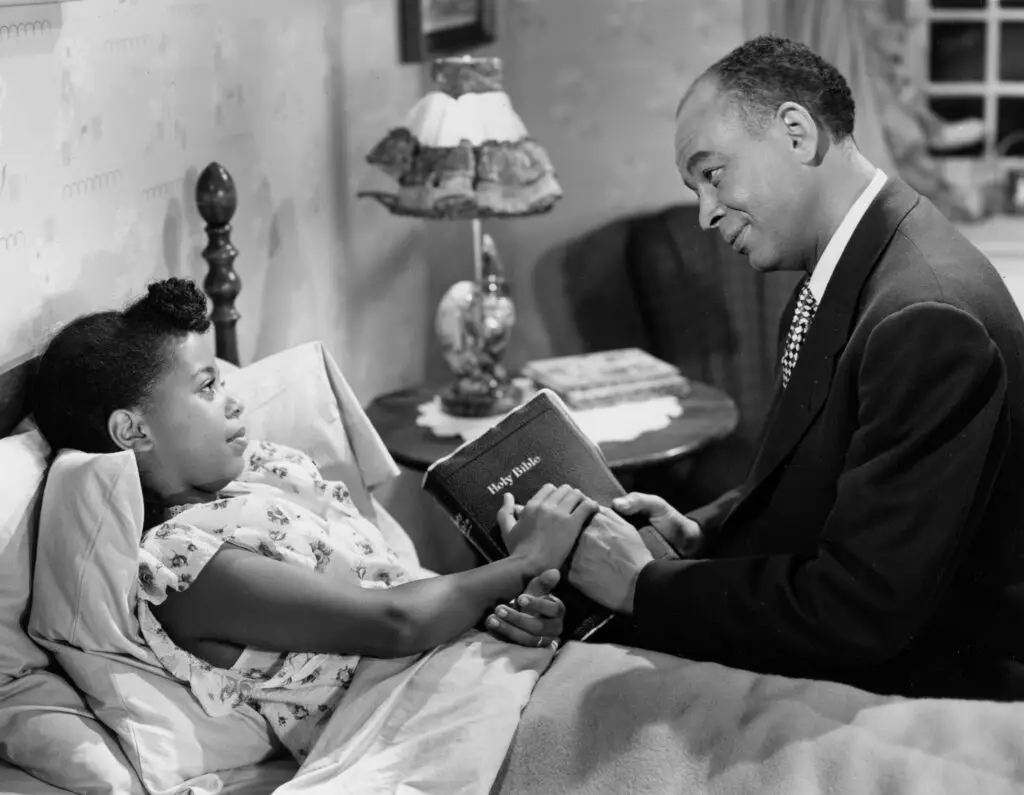
Controversial by today’s standards, Amos ‘n’ Andy was one of the first nationwide radio sitcoms, setting the stage for serialized comedic storytelling. It followed two African American characters navigating life in Harlem, though the roles were originally voiced by white actors in a problematic portrayal. Despite this, the show’s structure, humor, and serialized format heavily influenced later sitcoms. Eventually, Black actors took over in its TV adaptation, marking a shift in representation.
The serialized comedy format pioneered by Amos ‘n’ Andy is alive in modern podcasts like Mission to Zyxx and The Adventure Zone. It proved that ongoing character development could work in audio storytelling, creating long-running, episodic humor. While the show itself is a product of its time, its influence on comedic structure and character-driven storytelling remains significant. Many of today’s funniest podcasts owe a debt to its innovative approach to audio comedy.
11. X Minus One (1955-1958)

Science fiction found a home on the radio with X Minus One, a series that adapted short stories from Galaxy Science Fiction magazine. The show introduced listeners to tales of space travel, futuristic technology, and alien encounters, all with top-tier sound design. Many episodes were based on works by legendary sci-fi authors like Ray Bradbury and Isaac Asimov. It brought intelligent, thought-provoking storytelling to an audience hungry for speculative fiction.
If you love podcasts like Welcome to Night Vale or Escape Pod, you have X Minus One to thank. It proved that science fiction could thrive in an audio-only format, using soundscapes to paint vivid pictures of alien worlds. The show’s ability to blend philosophy with adventure also influenced many modern narrative podcasts. Even decades later, its stories still feel ahead of their time.
12. The Great Gildersleeve (1941-1958)
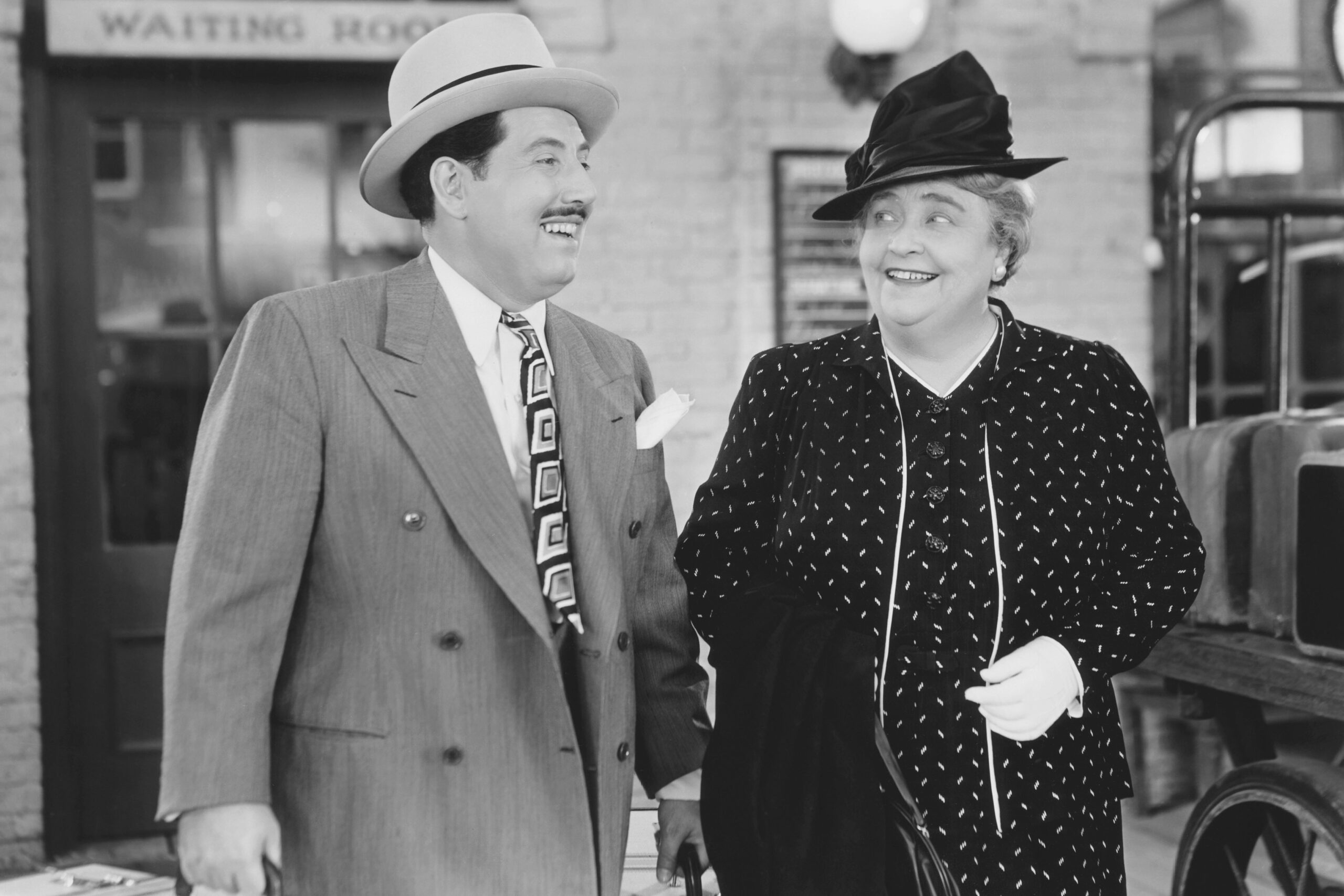
Spinning off from Fibber McGee and Molly, The Great Gildersleeve was one of radio’s first successful sitcoms centered around a single lead character. It followed the pompous yet lovable Throckmorton P. Gildersleeve as he adjusted to life as a bachelor guardian to his niece and nephew. The show was full of small-town charm, family hijinks, and clever humor, making it one of radio’s most beloved comedies.
Podcasts like Hello From the Magic Tavern and Bubble owe a lot to The Great Gildersleeve’s character-driven humor. It showed that serialized comedy could work just as well in an audio format as on television. The show also paved the way for character spinoffs, a common practice in modern entertainment. If you enjoy following quirky, well-developed characters over multiple episodes, you’re experiencing a storytelling style that Gildersleeve helped perfect.
13. You Bet Your Life (1947-1961)
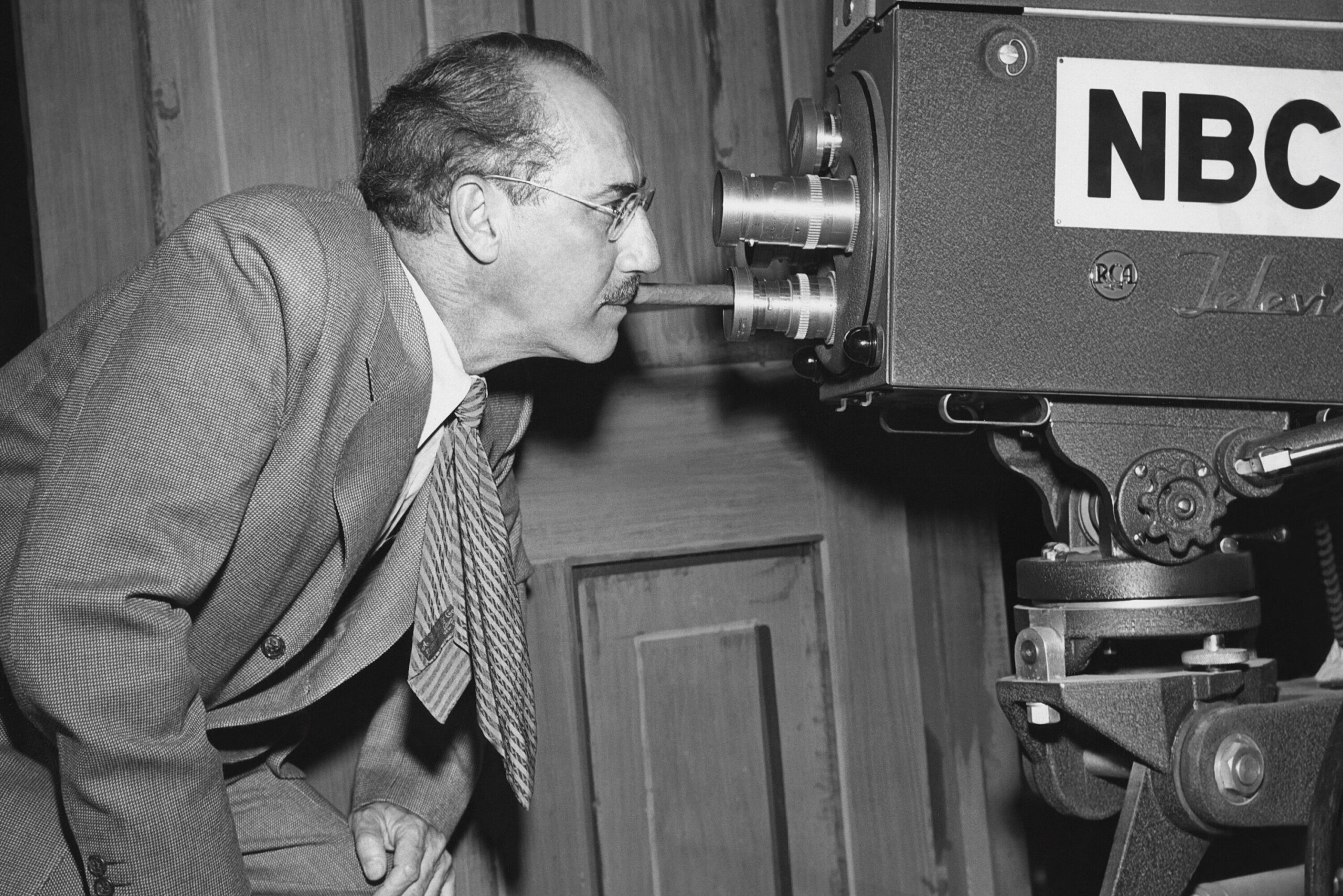
Hosted by the quick-witted Groucho Marx, You Bet Your Life was part quiz show, part comedy hour. While there was technically a game at the center, the real highlight was Groucho’s hilarious banter with contestants. His sharp one-liners and off-the-cuff remarks made every episode unpredictable and entertaining. Unlike traditional quiz shows, this one thrived on its unscripted moments.
Modern comedy podcasts like Conan O’Brien Needs a Friend and SmartLess follow this same formula, blending interviews with organic humor. The art of making everyday conversations funny owes a lot to You Bet Your Life. It proved that the right host could carry a show, even with a simple format. Groucho’s influence can be heard in any podcast where the humor feels spontaneous and effortless.
14. The Lone Ranger (1933-1954)
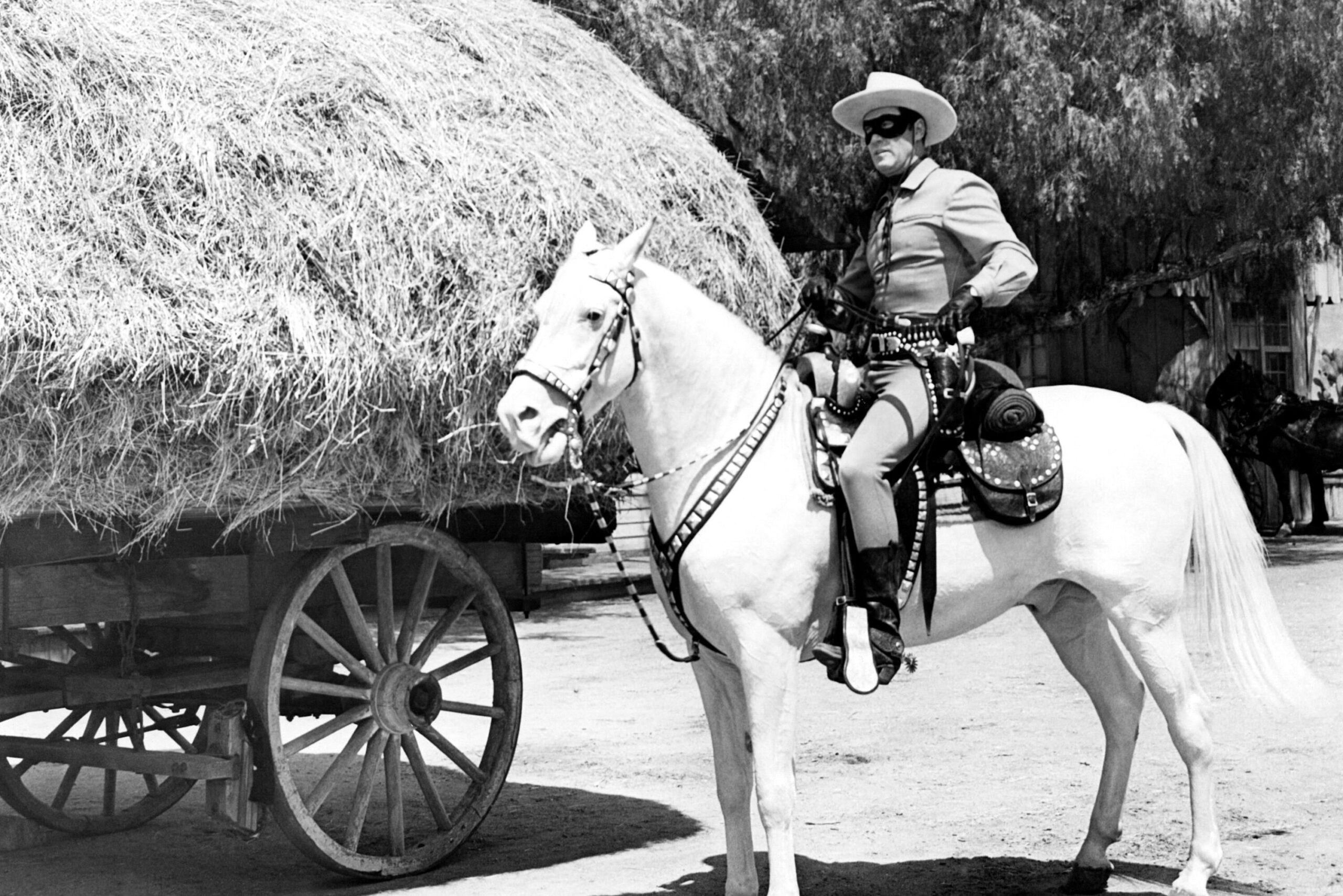
Few radio heroes are as iconic as The Lone Ranger. This action-packed adventure series followed the masked lawman and his Native American companion, Tonto, as they fought for justice in the Old West. The show’s thrilling chases, dramatic showdowns, and triumphant “Hi-Yo Silver!” battle cry became legendary. It was one of the earliest examples of serialized adventure storytelling, keeping listeners coming back each week.
Podcasts like Marvel’s Wastelanders and The Leviathan Chronicles carry on this tradition of episodic action storytelling. The Lone Ranger also showed the power of a strong, recognizable protagonist—something modern fiction podcasts still rely on. Even though the show eventually moved to television, its influence on serialized storytelling in audio never faded. The masked rider may have galloped into the sunset, but his storytelling legacy lives on.
